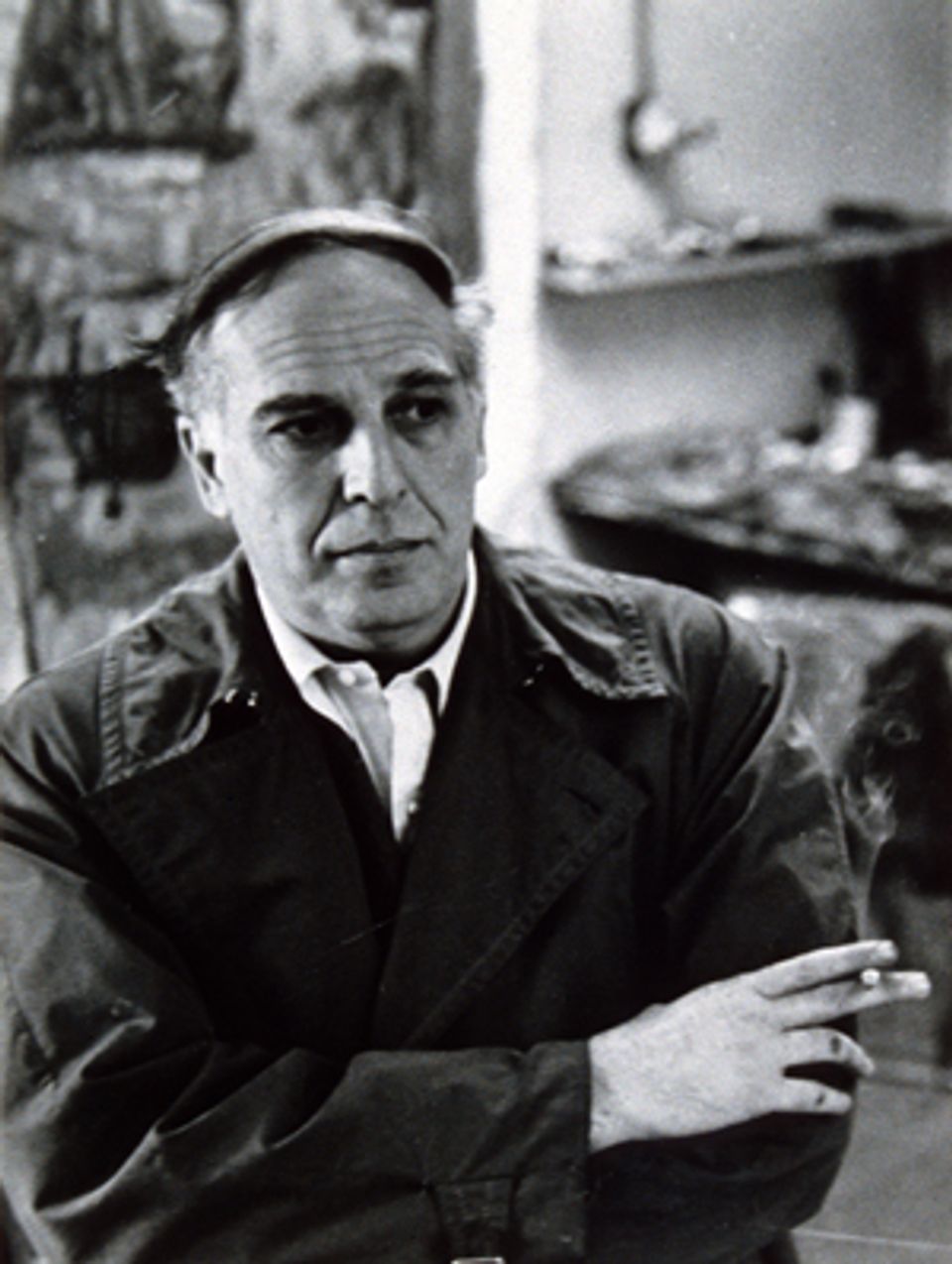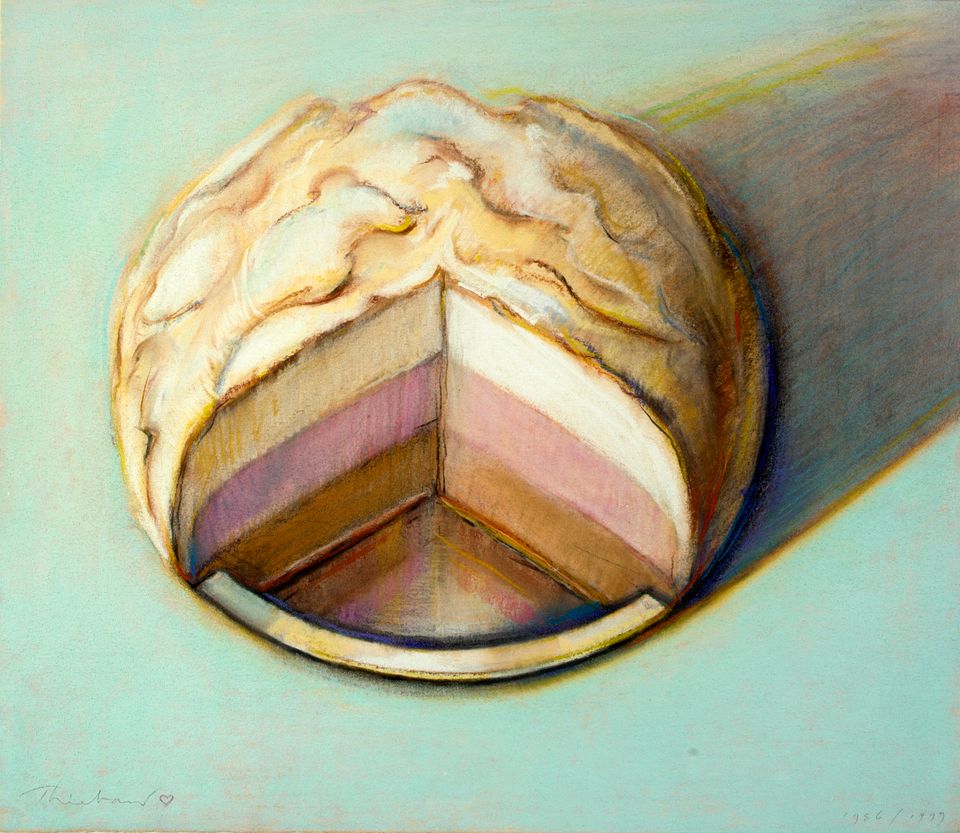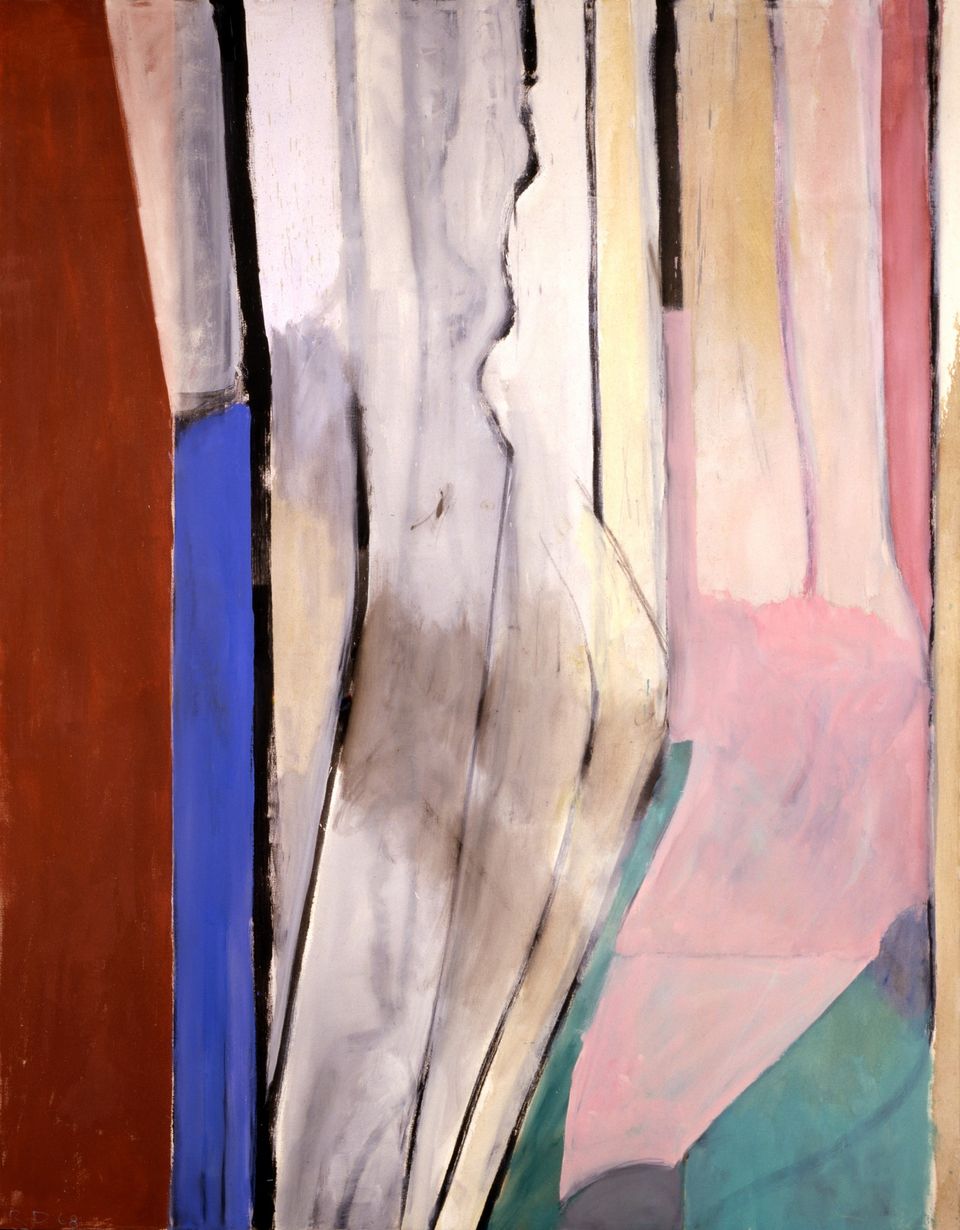Philip Guston

- Born
- Montreal, Quebec, Canada
- Died
- Woodstock, New York, United States
- Active in
- New York, New York, United States
- Los Angeles, California, United States
- Biography
Philip Guston was born Philip Goldstein in Montreal, Canada, in 1913 to Russian emigrés from Odessa. The family moved to Los Angeles in 1919. In 1925, he took a correspondence course in cartooning. As a high school student in 1927 he made friends with Jackson Pollock. After both were expelled for distributing a broadside that satirized the English department, Guston studied on his own. He had his first solo exhibition at Stanley Rose's bookshop and gallery in Los Angeles in 1931. He joined the mural division of the WPA in 1935 and over the next seven years completed various mural commissions, having moved to New York at Pollock's urging in 1937. Beginning in 1940, Guston taught at several colleges throughout the United States; in 1975 he received the Distinguished Teaching of Art Award from the College Art Association. In 1951, Guston painted his first abstract works, which lead to the first solo exhibition of his abstract work at the Peridot Gallery in New York. In 1967, Guston relocated permanently to Woodstock, New York, and gradually shifted from abstraction to cartoon-like still lifes and figure studies. Guston died in Woodstock in 1980.
National Museum of American Art (CD-ROM) (New York and Washington D.C.: MacMillan Digital in cooperation with the National Museum of American Art, 1996)
- Luce Artist Biography
Philip Guston's parents came to Canada from Russia at the turn of the century and Philip grew up with the surname Goldstein, which he changed to Guston in his twenties. The family moved to Los Angeles in 1919 where, unable to secure a job, his father committed suicide. As a child Guston found comfort in drawing, hiding in the closet at night to draw by the glow of a single hanging bulb, an image that would appear in his later paintings. In 1927 he entered Los Angeles's Manual Arts High School, where he met his lifelong friend Jackson Pollock. The two rebellious young artists hit it off, but their unruly behavior got them expelled. The dapper Guston ended up on the back lots of Hollywood working as a film extra. In the early 1930s he visited Mexico, where public murals about the Mexican Revolution fired his own social consciousness. After moving to New York he promptly joined the mural division of the Works Progress Administration. Guston associated with several activist leftist groups through the 1930s. He painted abstract works from the late 1940s until around 1970, when he returned to a cartoonish kind of representational painting. He died of a heart attack just before his sixty-seventh birthday. (Storr, Philip Guston, 1986)















